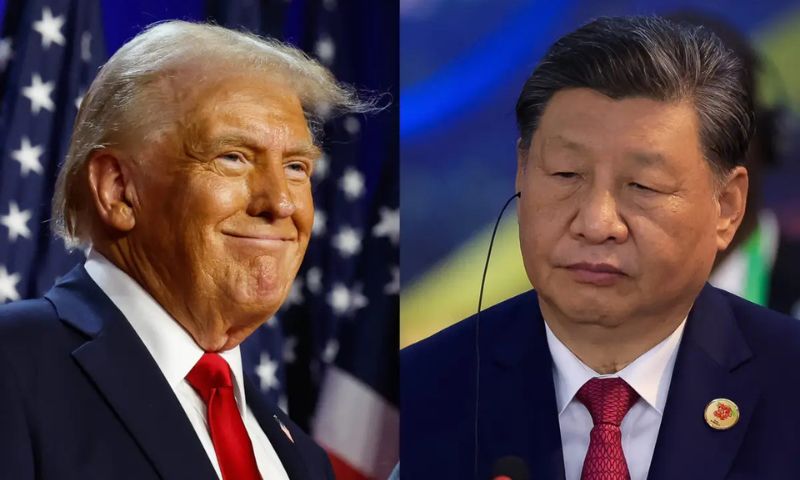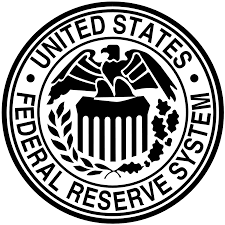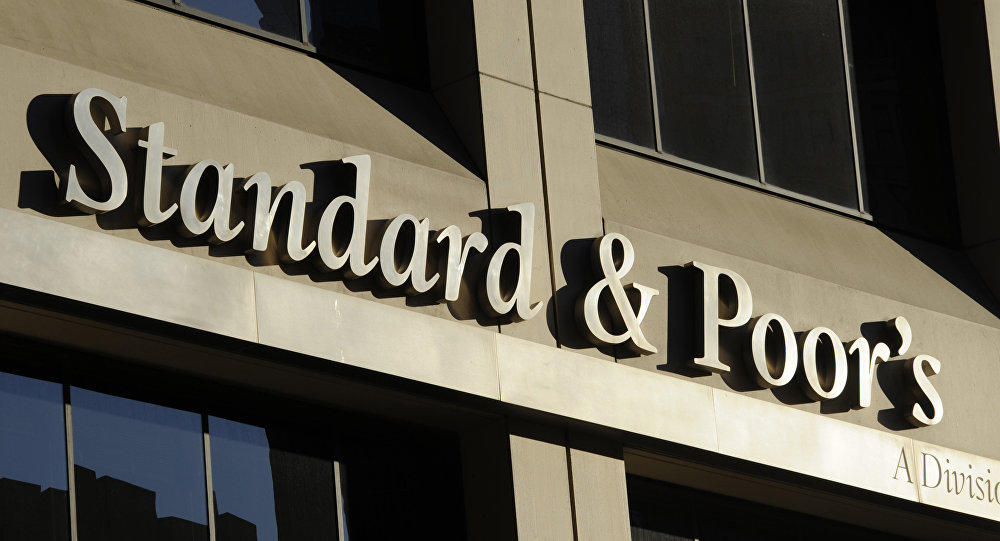As U.S.–China Tensions Escalate, Bitcoin Trades Cautiously, Await New Catalyst

By Linh Tran
Yesterday’s trading session ended with minimal volatility, reflecting investor hesitation and an overall indecisive sentiment. More notably, for over three months now, BTC has remained in a persistent downtrend that began in early 2025, largely driven by macroeconomic pressure, declining global risk appetite, and particularly the ongoing legal uncertainties weighing heavily on the digital asset market.
One of the biggest obstacles at present is the regulatory uncertainty in the U.S. Authorities, including the Securities and Exchange Commission (SEC), have yet to deliver a clear and stable legal framework for cryptocurrencies. This lack of clarity has made institutional capital more cautious. The absence of a well-defined regulatory environment not only puts pressure on companies operating in the space but also dampens long-term investor confidence in BTC.
In a recent development, President Donald Trump announced a temporary suspension of tariffs on countries that “do not retaliate,” signaling that the focus of U.S. trade policy is now squarely on China. However, instead of easing tensions, this move has fueled an escalation in the U.S.–China trade conflict, with both sides repeatedly raising tariffs in response to one another. This has plunged global markets into a state of uncertainty and increased risk aversion — an unfavorable factor for assets like BTC.
Given its highly speculative nature, BTC initially reacted negatively to these macro shocks but managed to recover by the end of the session, supported by technical buying and some optimism surrounding institutional flows. However, the overall picture remains cautious, especially as spot Bitcoin ETFs continue to see net outflows for the fifth consecutive day, suggesting that institutional capital remains in a defensive stance.
While spot Bitcoin ETFs were initially expected to be a powerful channel for attracting capital in early 2025, they have yet to generate the momentum needed to drive the market upward. Notably, net outflows persist from major funds such as IBIT, and inflows into ARKB and FBTC are beginning to slow down — a clear sign of growing divergence in institutional sentiment.
Meanwhile, economic data released yesterday showed that the U.S. Consumer Price Index (CPI) for March rose by 2.4%, lower than the 2.5% forecast and down from 2.8% the previous month. While this indicates that inflationary pressures are easing, the figure is not strong enough to significantly shift monetary policy expectations. Investors are still hesitant to fully price in a rate cut from the Federal Reserve as early as June or July, which means that assets like BTC have yet to benefit meaningfully from the inflation data.
Taking all of these factors into account, Bitcoin currently finds itself in an unappealing zone for many investors — not weak enough to crash, but lacking the catalysts needed for a breakout. Unless there are clearer signals from regulators, a de-escalation in the trade conflict, or a sustained return of institutional flows, BTC is likely to continue consolidating in the $78,000–$82,000 range, before establishing a clearer medium-term trend.
Tran is Market Analyst at XS.com






